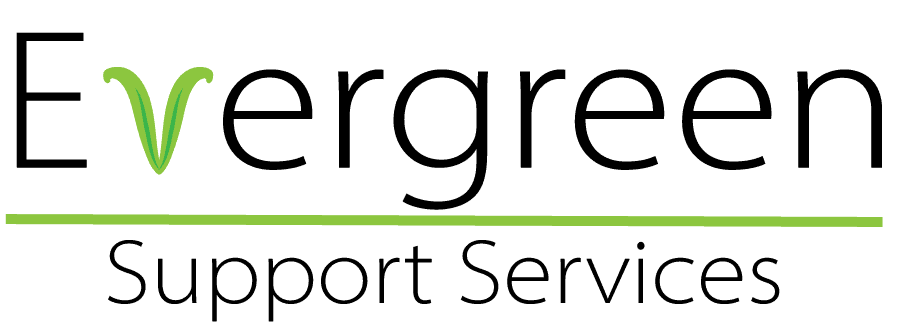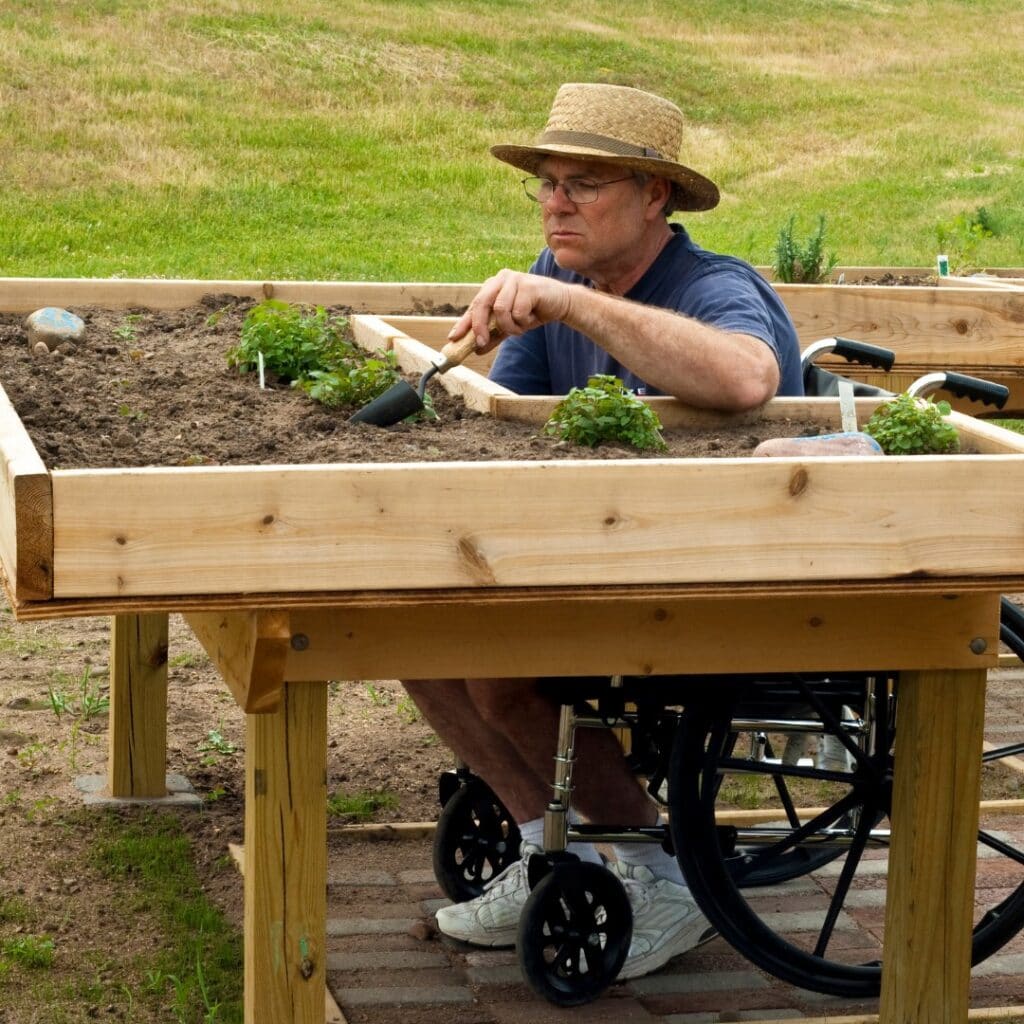The Benefits of Assistive Technology in Everyday Life can improve all aspects of your life! Living with a disability can present various challenges in everyday life. With limited energy, mobility those every day activities can be quite taxing. With assistive technology (AT) it can help bridge the gap by giving us back quality of life.
For some NDIS participants, accessing the right assistive technology can be life-changing, offering practical solutions to make daily tasks easier and more manageable. In this blog post, we’ll explore the benefits of assistive technology and how it can help NDIS participants live more independently.
If you are not on the NDIS, you can still benefit from AT.
What is Assistive Technology?
Assistive Technology refers to any device, system, or equipment that helps individuals with disabilities perform tasks they might otherwise find difficult. This can range from simple aids, like modified utensils for eating, to more advanced technologies, like mobility devices or communication software.
The NDIS can provide funding for assistive technology to ensure participants have the tools they need to live more comfortably and independently.
Types of Assistive Technology Funded by the NDIS
NDIS funding can be used to purchase a variety of assistive technologies based on individual needs. These include:
- Mobility Aids (e.g., wheelchairs, walkers)
- Communication Devices (e.g., speech-generating devices, hearing aids)
- Home Modifications (e.g., ramps, handrails)
- Personal Care Aids (e.g., shower chairs, dressing aids)
- Assistive Apps and Software (e.g., screen readers, voice recognition software)
Enhancing Independence
Tools can help enhance our independence, finding specialist tools or solutions can be difficult but there are resources that can help:
- While we are all familiar with the most common disability aids there are many specialist designs for specific disabilities, because of their less prevalent nature they are often provided by few companies and so can be harder to find and even harder to verify.
- When searching for disability aids online there are two major mediums that can help to verify the usefulness of a product. Influencers and forums. While these both help in developing an understanding of a product’s usefulness and quality it is important to remember that online sources can be misleading, either deliberately or through unintended bias.
- When consuming online product reviews the first thing to consider is that reviews, influencer reviews or journal based reviews can actually be sponsored. Forum posts can also include posts that are dishonest about their impartiality. Being aware of potential bias in these review formats can help to avoid being misled about a product – biased reviews while not impartial can still provide some useful information about a product, typically bias manifests as exaggeration rather than outright misinformation.
For anyone looking for product recommendations or info the following influencers are a good place to start:
Equipmeot – creates short digestible Instagram reels both reviewing products and recommending DIY solutions to common household challenges.
adaptivehacks – makes content on instagram recommending simple life hacks to solve common challenges faced by people with differing disabilities.
r/disability – reddit communities for generalised disabilities or specific communities for specific disabilities like r/POTS can be great places to find helpful resources, vent a bit, or find an answer to any questions you might have.
Disability aids help reduce the reliance on others for daily tasks, and can be a major boost to your confidence and self-sufficiency.
Improving Communication
For those who struggle with verbal communication, assistive technology like speech-generating devices or communication apps can be incredibly valuable. These tools allow individuals to express themselves, connect with others, and actively participate in conversations. Improving communication is essential for fostering social connections and ensuring individuals can advocate for themselves in all aspects of life.
Supporting Learning and Employment
Assistive technology isn’t just for daily living—it can also play a significant role in education and employment. For students, technologies like screen readers, audiobooks, and adaptive learning software can make it easier to engage with course materials and succeed academically. In the workplace, tools like ergonomic keyboards, voice recognition software, and specialized workstations can support productivity and job performance, opening up more opportunities for meaningful employment.
Enhancing Safety and Comfort at Home
Home modifications funded through the NDIS can make living spaces safer and more comfortable. Whether it’s installing grab bars in the bathroom or adjusting countertops to wheelchair height, these modifications ensure that homes are accessible and tailored to individual needs. Other technologies, such as personal alert systems, can provide peace of mind by ensuring help is just a button press away in case of an emergency.
Reducing Stress and Fatigue
Living with a disability can sometimes lead to physical strain and fatigue from performing everyday tasks. Assistive technology can help reduce this stress by making tasks easier and less time-consuming. For example, powered wheelchairs or adjustable beds can ease physical demands, allowing individuals to conserve energy and focus on other activities. This can lead to an overall improvement in quality of life.
How to Access Assistive Technology Through the NDIS
If you’re an NDIS participant, accessing assistive technology begins with identifying your needs during your NDIS planning meeting. Your NDIS plan will include funding for the specific types of assistive technology that align with your goals, whether that’s increasing mobility, enhancing communication, or improving your home environment. Once your plan is approved, you can work with NDIS providers to choose the best devices or modifications for you.
Conclusion
Assistive technology offers powerful solutions for NDIS participants, enabling greater independence, improving communication, and supporting a higher quality of life. Whether it’s a mobility aid, a communication device, or a home modification, having the right tools in place can make all the difference. At [Your Company Name], we’re here to help you navigate your NDIS plan and access the assistive technology that will best support your needs. If you’d like to learn more or have questions about how to include assistive technology in your plan, reach out to us today.


